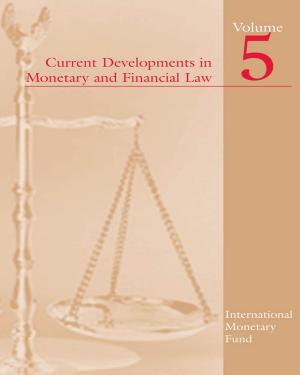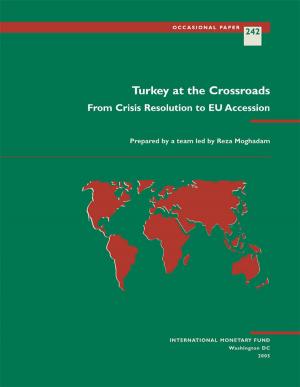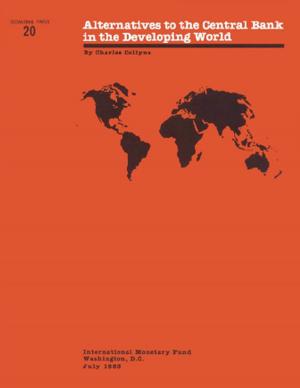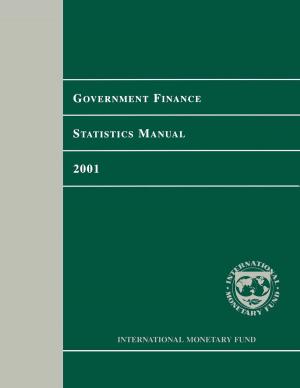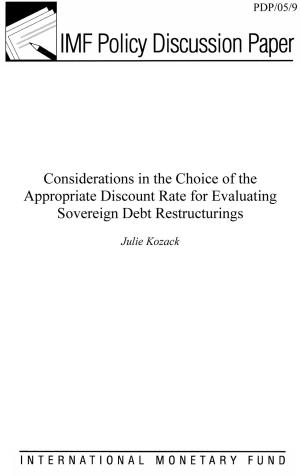Macroeconomic Implications of Financial Dollarization: The Case of Uruguay
Business & Finance, Economics, Public Finance, Finance & Investing, Banks & Banking, Macroeconomics| Author: | Gaston Mr. Gelos, Alejandro Mr. López Mejía, Marco Mr. Piñón-Farah | ISBN: | 9781452771519 |
| Publisher: | INTERNATIONAL MONETARY FUND | Publication: | July 25, 2008 |
| Imprint: | INTERNATIONAL MONETARY FUND | Language: | English |
| Author: | Gaston Mr. Gelos, Alejandro Mr. López Mejía, Marco Mr. Piñón-Farah |
| ISBN: | 9781452771519 |
| Publisher: | INTERNATIONAL MONETARY FUND |
| Publication: | July 25, 2008 |
| Imprint: | INTERNATIONAL MONETARY FUND |
| Language: | English |
Uruguay has experienced a remarkable recovery since the 2002 crisis, supported by sound policies and favorable external conditions. With the framework put in place in 2002, Uruguay abandoned an exchange rate peg in favor of a free float, adoped a monetary regime initially based on money targets, improved financial prudential norms and supervision, and accumulated significant central bank reserves. Against this background, Uruguay now faces issues beyond those addressed to stabilize the economy. As the country pursues key postcrisis monetary and financial reforms, the analysis provided in this paper has a direct bearing on the ongoing efforts to move toward a fully fledged inflation-targeting regime and develop interest rates as monetary instruments, as well as on the preparedness of the financial system to deal with shocks, and the adequacy of current central bank reserves.
Uruguay has experienced a remarkable recovery since the 2002 crisis, supported by sound policies and favorable external conditions. With the framework put in place in 2002, Uruguay abandoned an exchange rate peg in favor of a free float, adoped a monetary regime initially based on money targets, improved financial prudential norms and supervision, and accumulated significant central bank reserves. Against this background, Uruguay now faces issues beyond those addressed to stabilize the economy. As the country pursues key postcrisis monetary and financial reforms, the analysis provided in this paper has a direct bearing on the ongoing efforts to move toward a fully fledged inflation-targeting regime and develop interest rates as monetary instruments, as well as on the preparedness of the financial system to deal with shocks, and the adequacy of current central bank reserves.



